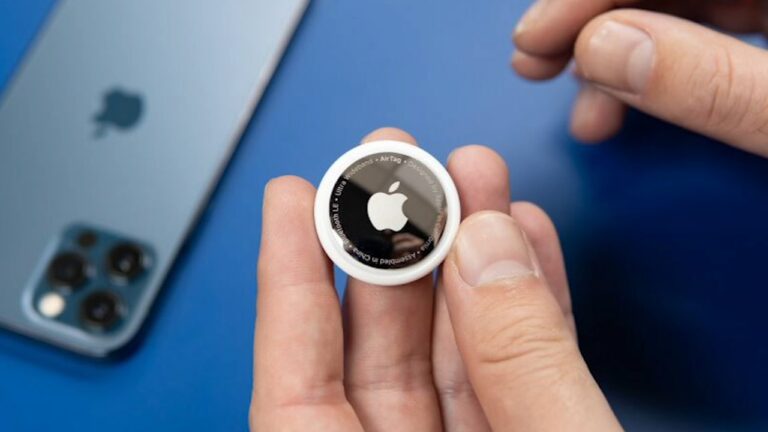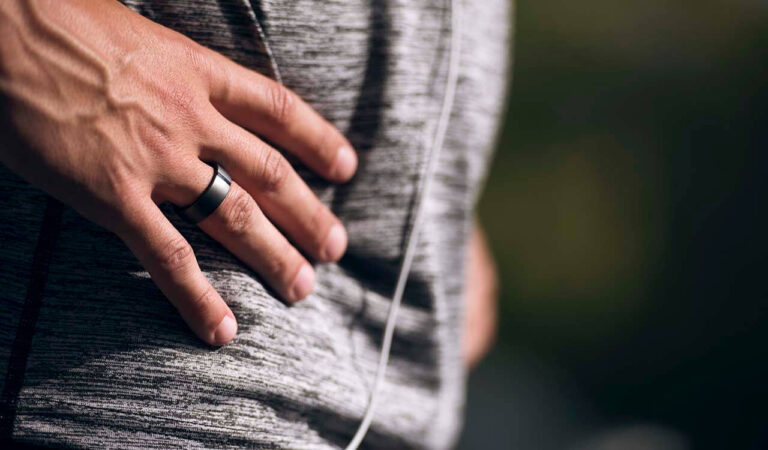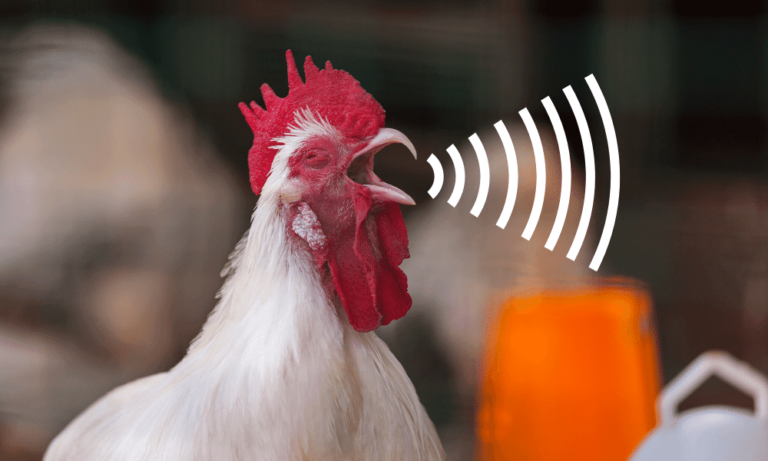Tesla has adapted the technology from the HVAC system in its cars to create ventilators for COVID-19 patients to use. They hope to mass-produce the ventilators at its gigafactory in Buffalo.
I’ve written another story idea about companies pivoting to create new technologies in response to the pandemic but this news inspires a different story idea, one about an engineer in a hard sci-fi novel/series.
What if the best ventilators were reserved for those who could afford them?
The article also mentions Tesla’s purchase of BiPAP machines, an alternate form of a ventilator that uses a mask instead of tubes inserted into airways. Both machines alternate between inhalation and exhalation.
If the rich lay claim to all the ventilators, the less effective BiPAP machines would be used by the middle class? Taking this a step further, what if the poorest people were left to fend for themselves, without access to either type of machine?
There is a very common machine that many people use while sleeping called a CPAP machine. Instead of alternating between the inhalation/exhalation, this machine only pushes air. What if a young person in poverty, desperate to save their parents, figured out how to use two CPAP machines to create a ventilator? They could 3D print the necessary parts.
Of course, this implies they even have access to such a machine. Supposing they did, but they needed to save someone else? The problem boils down to keeping meat balloons inflating and deflating long enough for the body to clear the fluid in the lungs.
This is where the research would come into play, which would put this story idea firmly into the “hard sci-fi” category. With some alternating fans, masks, maybe tubes, the future engineer and hero of the story would solve the problem and make their findings accessible to the masses, generating a cult-following. The story itself would follow the hero’s quest to find the necessary parts, similar to “Star Wars: The Last Jedi” when a group of the resistance is tasked with finding a way to disable the tracking device.
The end of the book would be the triumphant return with the correct parts and saving the loved ones. To turn this into a series, at the very end of the first book there could be a scenario when the ventilators malfunction because they are all computerized, leaving the low-tech option the sole way to save everyone. The second book could be about trying to gather enough materials to save everyone while one person/group is determined to hold onto all of them. The third book could be about using the engineer’s skill to solve another problem, maybe a space-faring issue for astronauts.


